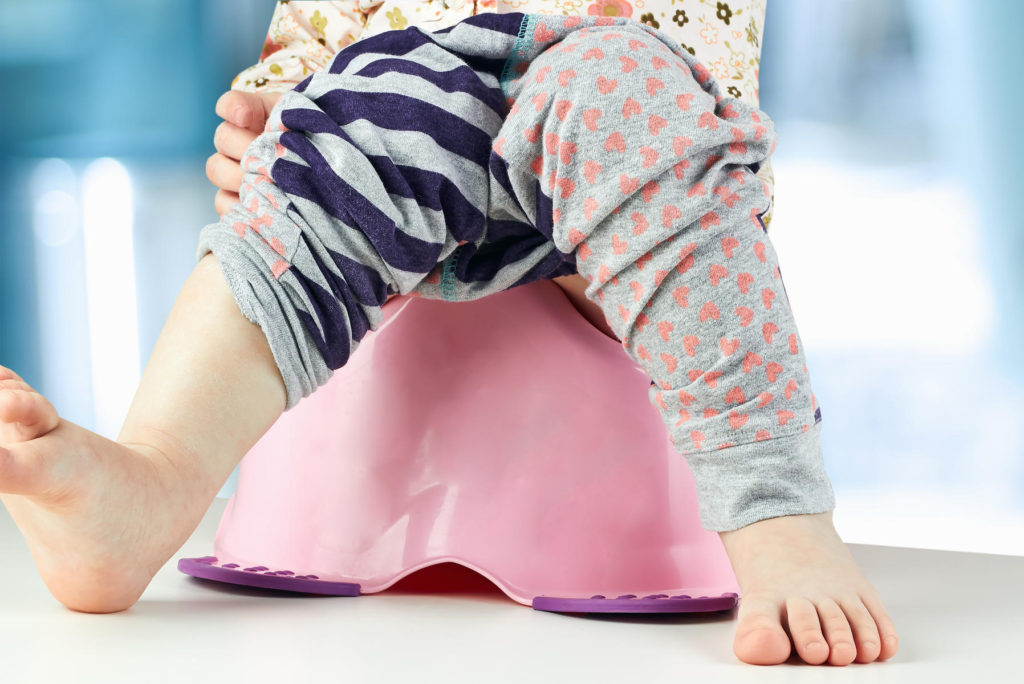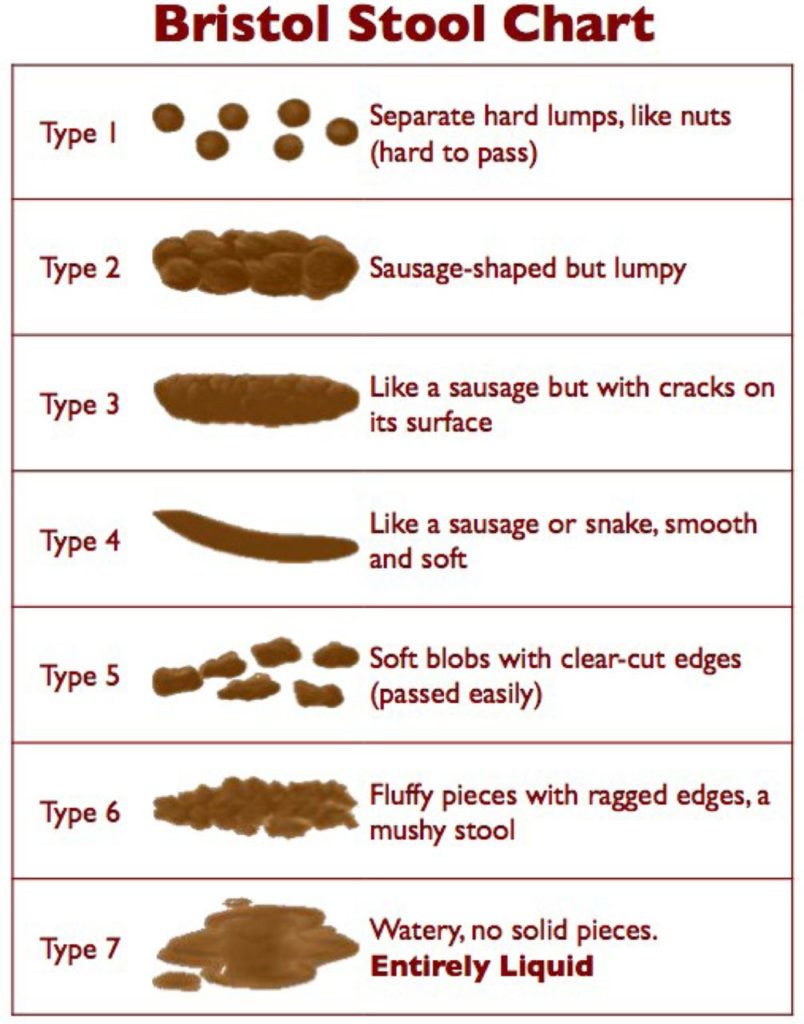
A quick guide to your kid’s poop
How often your child poos and what it looks like really gives great insight into your child’s health. So I’m not embarrassed to admit that I’m very interested in poop, poo, stool, kaka or whatever you may call it. This may sound odd, but to me normal pooping indicates a healthy gut which I believe creates a healthy happy child. So yes, I always ask what your child’s poo looks like and I do appreciate the photos you bring in 🙂 Sadly, not a day goes by in my practice when I don’t see a child with some kind of gut complaint. Did you know that the stats show that up to 1 in 4 children are constipated?!
So how often should your child poo and what should it look like? Well this depends on your child’s age among other things. And there’s definitely a spectrum but here is a rough guide:
Babies. Newborns should all poo within the first 1-2 days of life. This is the thick sticky dark meconium. This then transitions to a yellow mustard soft poo that breastfed babies typically pass 4-5 times a day. It can also be entirely normal for an exclusively breastfed baby to poo only every fortnight or even longer. As long as they are otherwise thriving, this usually doesn’t indicate anything concerning. Formula fed babies poops can be darker, smellier and less frequent which unlike breastfed babies can lead to true constipation.
Children. When infants start solids their poops become more adult like in colour and consistency. So this means browner and more formed (pasty and squished into nappies). Don’t be surprised if you also see unchewed and undigested bits of food. Kids often get constipated when they start solids although I find that this is heavily influenced by what first foods are chosen. It is important to be aware of any early constipation as without action it can lead to long term problems.

Children should poop 1-2 times per day.
The Bristol Stool Chart is an easy reference to describe poops. Type 3 or 4 is usually the goal.
Although I won’t go into all the possible causes of constipation in this blog, I do want you to be aware of clues that may be concerning.
Concerning poops and symptoms:
The poop:
- Delayed meconium (after the first 2 days) as a newborn
- Fresh blood (bright red)
- Altered blood (very dark greenish black)
- Mucous
- Chalky white poo
- Green frothy poo
The child:
- Tummy pain or discomfort
- Bottom pain when making a poo
- Unwell generally
- Poor growth
- Tummy distension
- Associated developmental concerns
- Recurrent mouth ulcers
- Unusual or persistent skin rashes
If you’re concerned about your child’s pooing please see your health care provider.
My next blog includes my top tips for a healthy gut. Please sign up for my Newsletter below if you’d like to read this.
